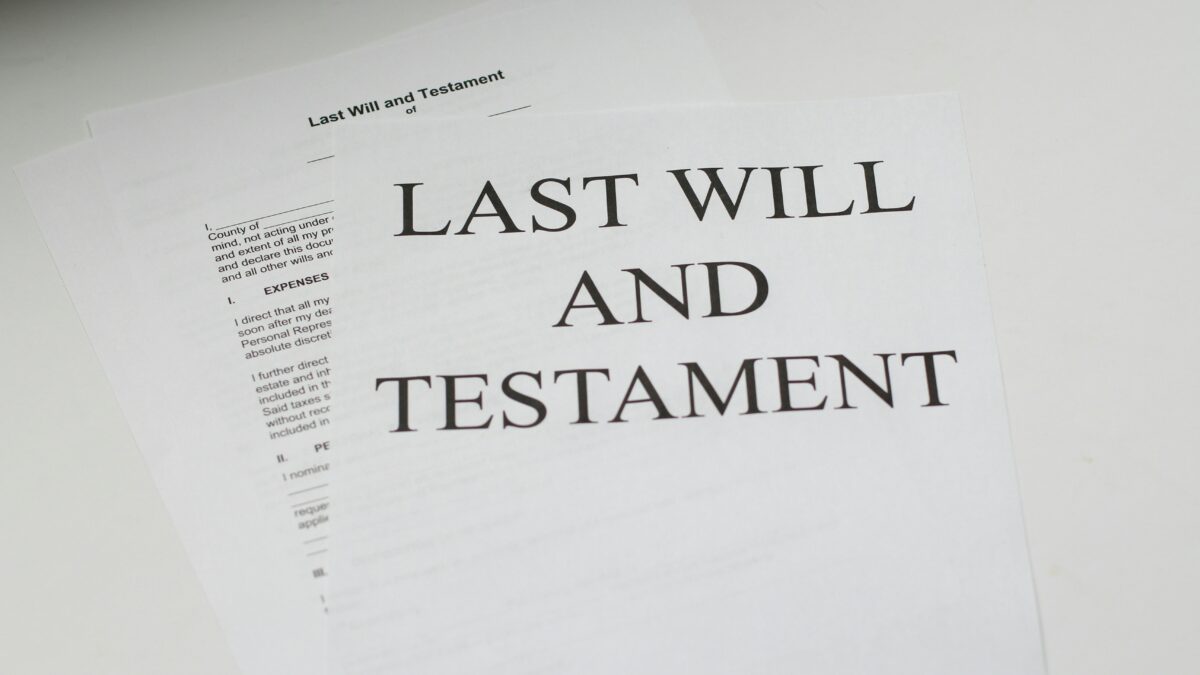Modernising Wills for Blended and Diverse Families

The landscape of the modern British family is more diverse than ever. Blended families—where partners bring children from previous relationships and often have more children together—face unique legal challenges when planning for inheritance. Without careful drafting, a will may fail to reflect the testator’s wishes, leaving loved ones vulnerable to heartache and costly disputes.
Legal Pitfalls: Why Standard Wills Fail Blended Families
UK intestacy law is clear: stepchildren are not recognised as beneficiaries unless legally adopted by the deceased, meaning they inherit nothing if a parent dies intestate or without explicit provision in the will. Even where a will exists, generic terms like “children” do not automatically include stepchildren—they must be specifically named. This oversight can result in missing beneficiaries in wills, creating complex situations for executors and unnecessary distress for families. This can lead to scenarios where, for example, only biological children inherit while stepchildren—despite playing a significant role in the family—are left out entirely.
Case Example:
After the death of a stepparent, a stepson in Higgins v Morgan & Ors EWHC 2846 successfully claimed financial provision from the estate. The court found he was promised support and treated as a child, but this required involvement in costly litigation that clear will provisions could have prevented.
Structuring Wills to Protect All Beneficiaries
- Life Interest Trusts
A popular solution for blended families is a life interest trust (also known as an Immediate Post Death Interest or IPDI trust). Here’s how it works:
- The surviving spouse or partner receives the right to use assets (such as the family home) or draw income from investments for life.
- On their death (or remarriage), those assets pass to the children specified by the deceased—this can include both biological and stepchildren if named.
This ensures a surviving partner is protected, but also ring-fences assets for all intended beneficiaries, preventing later wills or remarriage from inadvertently disinheriting children from previous relationships.
- Discretionary Trusts
Discretionary trusts give trustees the authority to decide which beneficiaries (from a defined group, possibly including both biological and stepchildren) receive what, and when. This offers flexibility if beneficiaries’ circumstances change, e.g., due to disability or financial hardship, but does require careful drafting to reflect the testator’s wishes and may have inheritance tax implications.
- Clear Drafting and Explicit Naming
To avoid disputes, always use clear language. Name each child—biological, step, or otherwise—explicitly and state their relationship. Exclude anyone the testator does not wish to inherit (to defend against claims under the Inheritance (Provision for Family and Dependants) Act 1975).
Real-World Example
Mr and Mrs A are married; both have children from previous relationships and a child together. Mrs A wants to ensure her estate will support her husband if she dies first, but that her share also benefits her own children and stepchildren. She creates a will setting up a life interest trust: her husband can remain in the house for life, and after his death, her share passes equally to all named children, biological and step. This choice gives peace of mind and reduces the risk of any family member being unintentionally excluded.
What Happens If There Is No Will?
If someone dies without a will in the UK, the strict rules of intestacy apply. These rules do not include stepchildren (unless adopted), meaning they will inherit nothing, regardless of the family bond. This starkly highlights the importance of proper, tailored planning in every blended family.
If you’re part of a blended family and want peace of mind that your wishes will be honoured, contact our solicitors today for clear, supportive, and expert guidance on estate planning. Let’s secure every loved one’s legacy—your family deserves clarity and protection.


